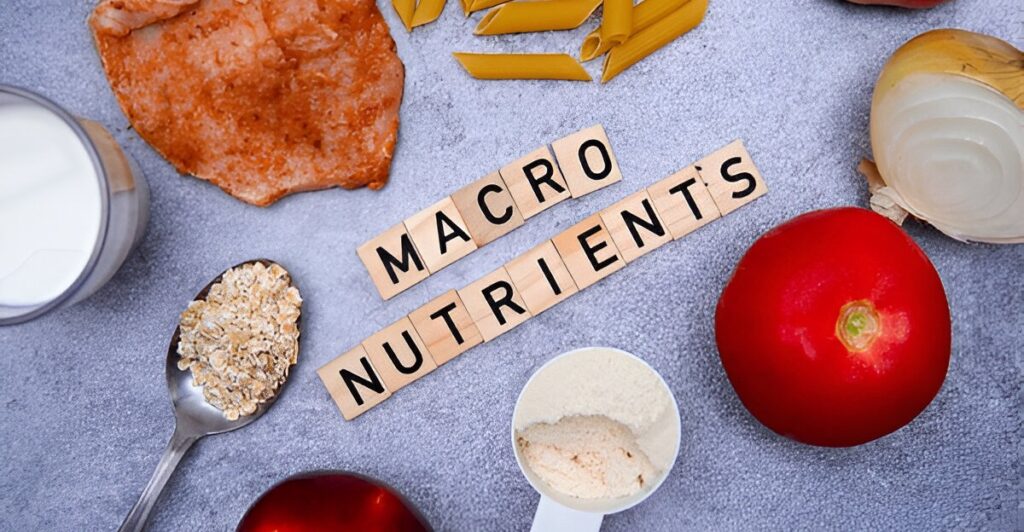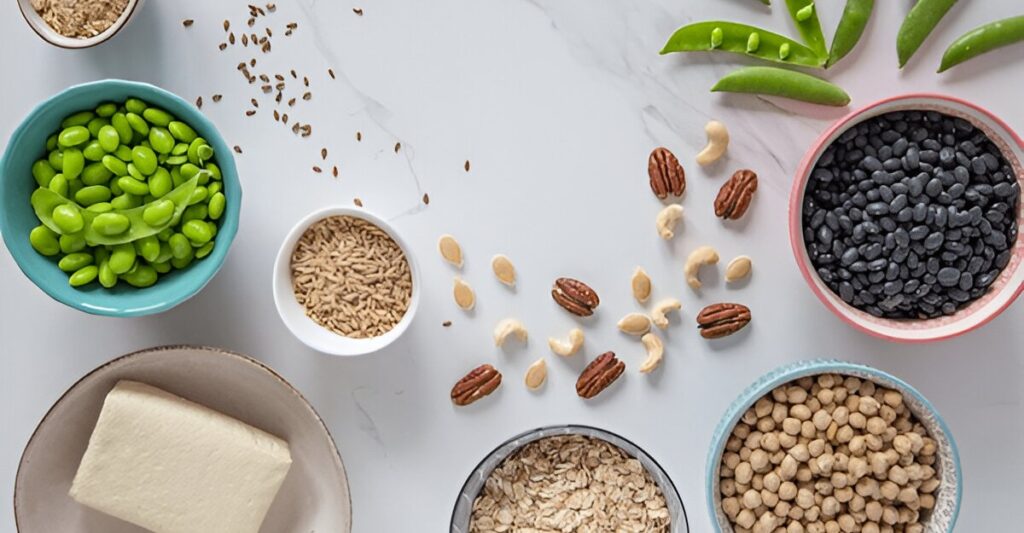Navigating the grocery store can feel like a puzzle, especially when trying to make healthy choices. The key to unlocking smarter food decisions lies in understanding how to read a nutrition label. This beginner-friendly guide breaks down the components of a nutrition label, empowering you to choose foods that align with your health goals.
Why Reading Nutrition Labels Matters
Nutrition labels are your roadmap to understanding what’s in your food. They provide critical information about calories, nutrients, and ingredients, helping you make informed choices. Whether you’re managing weight, improving heart health, or simply aiming for a balanced diet, knowing how to read a nutrition label is essential. It helps you avoid hidden sugars, unhealthy fats, and excessive sodium while ensuring you get the nutrients your body needs.
Let’s dive into the key parts of a nutrition label and how to interpret them.
Step 1: Check the Serving Size
The first step to read a nutrition label is understanding the serving size, listed at the top. This tells you the amount of food the nutritional information applies to, such as “1 cup” or “2 slices.” Pay attention to:
- Servings Per Container: This shows how many servings are in the entire package. If you eat more than one serving, you’ll need to multiply the nutrient values accordingly.
- Realistic Portions: Compare the serving size to what you actually eat. For example, a bag of chips might list a serving as 10 chips, but if you eat 20, you’re doubling the calories and nutrients.
Pro Tip: Use measuring cups or a food scale at home to get a sense of portion sizes and avoid overeating.
Step 2: Look at the Calories
Calories indicate the energy provided by one serving of the food. When you read a nutrition label, the calorie count helps you gauge how the food fits into your daily energy needs. For example:
- A 2,000-calorie daily diet is a common reference point, but your needs may vary based on age, activity level, and goals.
- High-calorie foods aren’t inherently bad, but balance them with lower-calorie options like vegetables to avoid excess intake.
Why It Matters: Monitoring calories is key for weight management and ensuring you’re fueling your body appropriately.
Step 3: Evaluate the Nutrients
The nutrient section is the heart of the nutrition label. It lists macronutrients, micronutrients, and other components. Here’s how to read a nutrition label for nutrients:
Nutrients to Limit
- Total Fat: Includes all types of fat. Focus on limiting saturated fats (linked to heart disease) and avoiding trans fats (unhealthy for the heart).
- Cholesterol: Aim for less than 300 mg daily to support heart health.
- Sodium: High sodium can raise blood pressure. Keep intake below 2,300 mg daily, ideally closer to 1,500 mg for most adults.
- Added Sugars: These contribute to weight gain and health issues. Aim for less than 10% of daily calories from added sugars.
Nutrients to Prioritize
- Dietary Fiber: Supports digestion and heart health. Aim for 25–30 grams daily from whole grains, fruits, and vegetables.
- Protein: Essential for muscle repair and satiety. Look for foods with higher protein if you’re active or building muscle.
- Vitamins and Minerals: Labels often highlight vitamin D, calcium, iron, and potassium, which support bones, blood, and overall health.
Pro Tip: Use the % Daily Value (%DV) to gauge if a food is high or low in a nutrient. A %DV of 5% or less is low, while 20% or more is high.
Step 4: Understand the Ingredient List
The ingredient list, found below the nutrition facts, is just as important when you read a nutrition label. Ingredients are listed in descending order by weight, meaning the first ingredient is the most abundant. Key tips:
- Look for Whole Foods: Ingredients like “whole wheat” or “oats” are better than processed options like “enriched flour.”
- Watch for Hidden Sugars: Sugar can hide under names like “high fructose corn syrup,” “maltose,” or “dextrose.”
- Avoid Artificial Additives: Limit foods with long lists of artificial colors, flavors, or preservatives.
Why It Matters: A short ingredient list with recognizable items often indicates a healthier, less processed product.
Step 5: Decode Health Claims
Many packages feature claims like “low-fat,” “high-fiber,” or “heart-healthy.” When you read a nutrition label, don’t take these at face value. Check the actual nutrition facts to verify:
- Low-Fat: Must have 3 grams or less of fat per serving, but may be high in sugar.
- High-Fiber: Must have at least 5 grams of fiber per serving.
- Reduced Sodium: Contains at least 25% less sodium than the original product, but may still be high.
Pro Tip: Be wary of “sugar-free” or “fat-free” claims, as these products may compensate with artificial sweeteners or unhealthy additives.
Common Mistakes When Reading Nutrition Labels
Even with the best intentions, it’s easy to misinterpret labels. Avoid these pitfalls when you read a nutrition label:
- Ignoring Serving Size: Eating the whole package without adjusting for multiple servings can lead to overconsumption.
- Focusing Only on Calories: A low-calorie food may lack essential nutrients or be high in sodium.
- Overlooking Added Sugars: Total sugars include natural and added sugars, but added sugars are the ones to limit.
- Trusting Front-Package Claims: Always verify claims with the nutrition facts and ingredient list.
Practical Tips for Using Nutrition Labels
Ready to put read a nutrition label into action? Here are beginner-friendly tips to make it second nature:
- Compare Products: When choosing between similar items (e.g., cereals), compare labels to pick the one with less sodium, sugar, and more fiber.
- Set Priorities: If you’re watching sodium, focus on that number first. Tailor your focus to your health goals.
- Practice at Home: Take a few minutes to read labels on pantry items to build confidence before shopping.
- Use Apps: Tools like Fooducate scan barcodes and highlight key nutrition facts for quick decisions.
- Shop the Perimeter: Fresh produce and whole foods often don’t have labels, making them naturally nutrient-dense choices.
How Nutrition Labels Support Health Goals
Mastering how to read a nutrition label can transform your approach to eating. It helps you:
- Manage Weight: By tracking calories and portion sizes, you can maintain or reach a healthy weight.
- Improve Heart Health: Limiting sodium, saturated fats, and trans fats supports cardiovascular wellness.
- Boost Nutrient Intake: Choosing foods high in fiber, vitamins, and minerals ensures your body gets what it needs.
- Avoid Allergens: The ingredient list flags potential allergens like nuts or gluten.
The Bigger Picture: Beyond the Label
While learning to read a nutrition label is powerful, it’s just one piece of the puzzle. Combine label-reading with other healthy habits:
- Eat Mostly Whole Foods: Fruits, vegetables, and lean proteins often don’t need labels and are naturally nutritious.
- Cook at Home: Preparing meals lets you control ingredients and portions.
- Listen to Your Body: Use hunger and fullness cues to guide eating, alongside label insights.
Conclusion
Knowing how to read a nutrition label is like having a superpower in the grocery store. By understanding serving sizes, calories, nutrients, and ingredients, you can make choices that support your health and wellness goals. Start small—pick one product to analyze next time you shop—and build confidence over time.
Want to take it further? Practice comparing labels, experiment with nutrient-dense recipes, or consult a dietitian for personalized advice. With this knowledge, you’re well on your way to mastering healthy eating.



